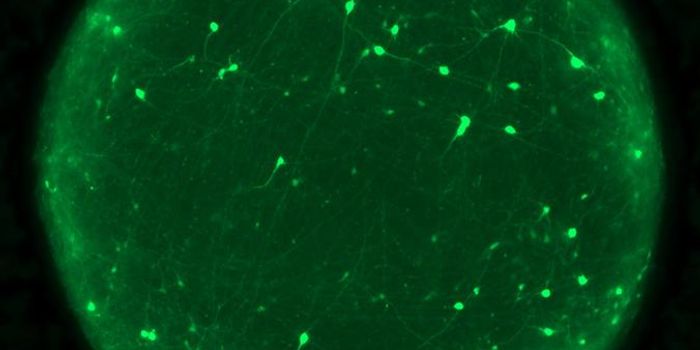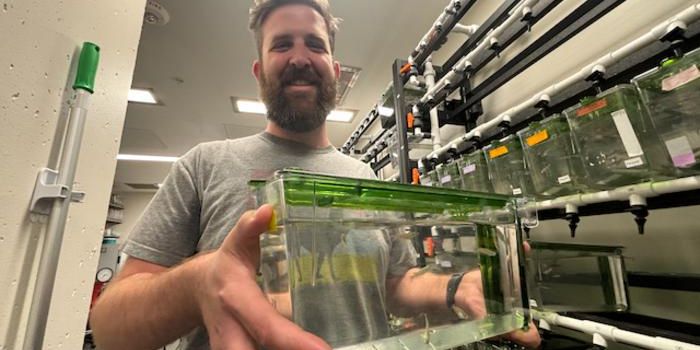Insight Into the Epigenetic Mechanisms Controlling Cellular Identity
Our body is made up of many different kinds of cells that all carry the same genome in their nucleus. Every cell type has to carefully control which genes are active and expressing proteins so that it can carry out its special functions. For example, a heart cell will express genes that are important for heart function, while the cells in another organ like the liver might express different genes required for liver processes. Scientists at the University of Copenhagen and the Memorial Sloan Kettering Cancer Center have now learned more about a protein complex that can help regulate gene activity and maintain the identity of a cell.
The complex is shown in the video
This work, which has been reported in Molecular Cell, focused on the polycomb repressive complex 2 (PRC2). The complex can help reduce gene expression by adding a methyl group to a specific histone protein. The study can thus reveal more about how epigenetic factors influence gene expression.
"In addition, the results may have an impact on the future treatment of certain cancers related to the studied protein complex, including lymphoma, leukemia and a special type of brain cancer that is often seen in children," noted Kristian Helin, Professor at BRIC and Director of Research at the Memorial Sloan Kettering Cancer Center.
Professor Helin's team has been investigating the mechanisms controlling gene expression for several years. Their work has applications in many different fields of study including development and disease.
PRC2 is made up of some integral subunits as well as a few other proteins that are more loosely associated with it. In this study, the researchers systematically eliminated each one in stem cells to look at the impact, and showed that all of them are involved in directing PRC2 to the right place in the genome where it should add the methyl group. However, it wasn’t until all six were removed that PRC2 lost the ability to find the right spot completely, in a surprise to the researchers.
"We assumed that each of the associated proteins was responsible for its own area to where the PRC2 complex should be guided. Instead, we saw that theyall contributed to the places where the complex binds. As long as just one of the associated proteins were left, the ability remained intact," explained the lead author of the report, postdoctoral researcher Jonas Højfeldt.
Sources: AAAS/Eurekalert! via University of Copenhagen The Faculty of Health and Medical Sciences, Molecular Cell
-
APR 30, 2024Immuno-Oncology Virtual Event Series 2024
-
MAY 07, 20243rd International Biosecurity Virtual Symposium
-
JUN 06, 2024The Future of Scientific Conferencing
- See More

















































